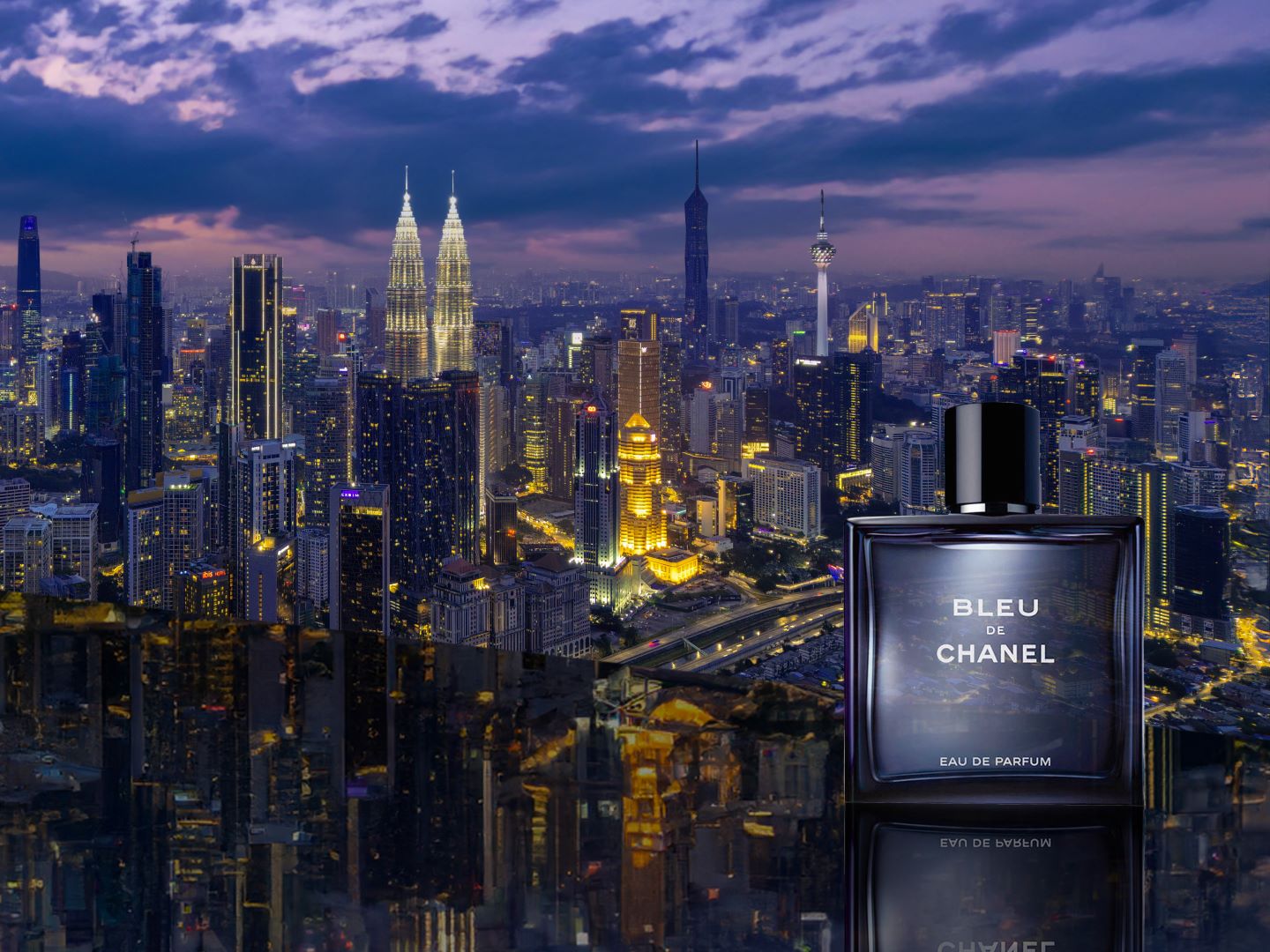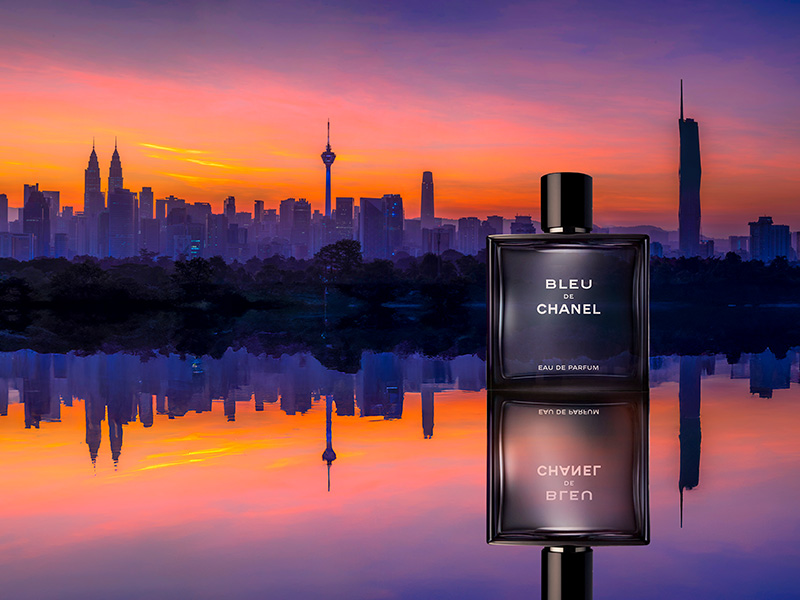
Bleu de Chanel Parfum from the legendary Rue Cambon label in Paris.
The great Spanish architect and structural engineer Santiago Calatrava might have remarked “not only did America invent the skyscraper, it invented the skyline”. It might be a modern phenomenon, beginning in the late 19th century when populations began to rapidly grow, cities boomed and clever, efficient ways of creating space — to live and work in — became imperative, but it is hard to imagine a world-class city without a sea of protruding skyscrapers.
Conceived by commercial architects but commissioned by governments, megacorporations or the ultra-wealthy, edifices have always captured the imagination. Symbols of power, success, achievement and ambition, skyscrapers define a city’s skyline or, to be precise, the city itself. And while the credit for the skyline as a status symbol belongs to the US, and New York City in particular, few can deny that soaring spires double up as symbols of national transformation.

Click to Enlarge
Kuala Lumpur is a fitting example of a city in a constant state of positive flux. From its birth in the middle of the 19th century, fuelled by the fortunes of tin and rubber, the Malaysian capital which takes its name from the Malay word for muddy confluence due to the earthy meeting of the Klang and Gombak Rivers, has since become a stellar example of a city on the rise and rise.
New additions to its impressive skyline include Merdeka 118, a 118-storey megatall skyscraper measuring 2,227 ft that is presently the second-highest of its kind in the world, only trailing behind the 2,717 ft Burj Khalifa in Dubai, the UAE. And certainly any mention of imposing structures in the world needs to include the forever-iconic Petronas Twin Towers. With the design personally handpicked by former Prime Minister Tun Dr Mahathir Mohamad, they remain the tallest twin buildings in the world, standing proudly at 1,483 ft. Designed by Argentine architect Cesar Pelli, the Petronas towers, despite its futuristic, space-age design, actually incorporates several identifiable Malaysian elements, namely the Islamic eight-pointed star when viewed from the top.

Click to Enlarge
And while it might be near-impossible to compare a fragrance to that of a sleek tower, there are scents that evoke fulfilment and self-confidence the way a powerful structure can. Bleu de Chanel Parfum, from the legendary Rue Cambon label in Paris, might perhaps have succeeded in expressing an ode to masculine freedom in liquid form. An intensely masculine perfume, it is aromatic yet intensely woody, opening with a powerful freshness before segueing into dense sophistication and strength, courtesy of majestic New Caledonian sandalwood. Inspired by futuristic blue, Bleu de Chanel is a fragrance for one who refuses to be confined or conform to a predetermined destiny but, instead, is always looking towards a new urban, modern horizon.
Check out the collection in the next podium at Centre Court, Pavilion Kuala Lumpur from Sept 18 to 29.


